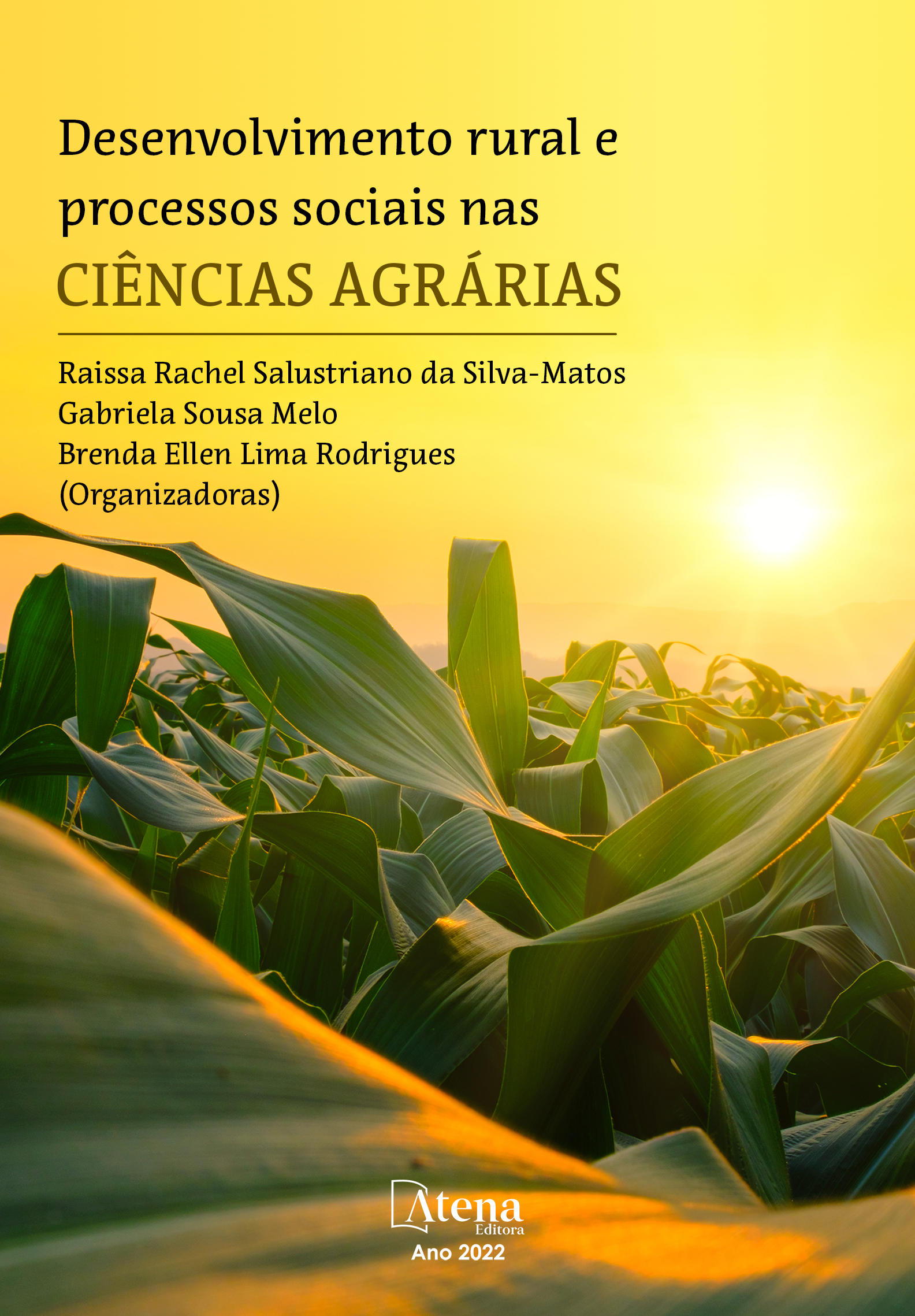
PROPAGAÇÃO ASSEXUADA POR ESTAQUIA DE PLANTAS JOVENS DE Ficus adhatodifolia SCHOTT EX SPRENG. (MORACEAE) EM FUNÇÃO DO TIPO DE ESTACAS E DIFERENTES CONCENTRAÇÕES DE ÁCIDO INDOLBUTÍRICO
A figueira, Ficus adhatodifolia possui atributos afrodisíacos, estimulantes da memória, atividade anti helmíntica, anti-ancilostomose e anti-icterícia. No entanto, o desmatamento tem oferecido risco de extinção para a espécie. Portanto, o objetivo desse estudo foi verificar o enraizamento de estacas de F. adhatodifolia submetidas a diferentes concentrações de ácido indolbutírico (AIB) e em função de diferentes porções caulinares oriundas de plantas jovens. Para isso, um experimento foi conduzido na Fazenda Experimental São Manoel com estacas obtidas de mudas com aproximadamente um ano e meio de idade, propagadas via sementes. As plantas tinham altura média de 1,30 metros e diâmetro ente 0,5 e 1 cm. As estacas foram divididas em basal, mediana e apical e o experimento foi realizado em um canteiro com substrato de areia grossa (20m x 1m), subdividido em canteiros menores com 40 cm de profundidade. O delineamento experimental foi fatorial 2x3 em parcelas casualizadas e 6 tratamentos (porções apical, mediana e basal, associadas ao AIB nas concentrações 0 e 3000 mg L-1) em 4 repetições com 25 estacas, totalizando 100 estacas por tratamento. As estacas foram irrigadas uma vez pela manhã e outra à tarde, por 60 minutos. As estacas permaneceram em campo e nas mesmas condições por 120 dias. As variáveis analisadas foram: enraizamento, comprimento e volume da raiz, massa seca da raiz, das folhas e das brotações, número de brotações, de folhas, e área foliar. O resultado mostrou que a porção basal com o uso de AIB foi melhor entre as demais porções, com 83% de enraizamento. Esse padrão foi observado para todas as variáveis. Assim, estacas de F. adhatodifolia apresentam melhores resultados com o uso de AIB, especialmente para a porção basal.
PROPAGAÇÃO ASSEXUADA POR ESTAQUIA DE PLANTAS JOVENS DE Ficus adhatodifolia SCHOTT EX SPRENG. (MORACEAE) EM FUNÇÃO DO TIPO DE ESTACAS E DIFERENTES CONCENTRAÇÕES DE ÁCIDO INDOLBUTÍRICO
-
DOI: 10.22533/at.ed.6462231018
-
Palavras-chave: figueira branca, Pharmacosycea, estaquia.
-
Keywords: white fig, Pharmacosycea, cutting.
-
Abstract:
The fig tree, Ficus adhatodifolia has aphrodisiac attributes, memory stimulants, anti helminthic activity, anti-ancylostomiasis and anti-icteritis. However, deforestation has offered a risk of extinction for the species. Therefore, the objective of this study was to verify the rooting of F. adhatodifolia cuttings submitted to different concentrations of indolbutyric acid (IAB) and as a function of different stem portions from young plants. For this, an experiment was conducted at The Experimental Farm São Manoel with cuttings obtained from seedlings approximately one and a half years old, propagated via seeds. The plants had an average height of 1.30 meters and diameter between 0.5 and 1 cm. The cuttings were divided into basal, median and apical and the experiment was performed in a bed with coarse sand substrate (20m x 1m), subdivided into smaller beds with 40 cm depth. The experimental design was a 2x3 factorial design with 6 treatments (apical, median and basal portions, associated with AIB at concentrations of 0 and 3000 mg L-1) in 4 replicates with 25 cuttings, totaling 100 cuttings per treatment. The cuttings were irrigated once in the morning and once in the afternoon, for 60 minutes. The cuttings remained in the field under the same conditions for 120 days. The variables analyzed were: rooting, root length and volume, dry mass of the root, leaves and shoots, number of shoots, number of leaves, and leaf area. The result showed that the basal portion with the use of AIB was better among the other portions, with 83% rooting. This pattern was observed for all variables. Thus, cuttings of F. adhatodifolia show better results with the use of IAB, especially for the basal portion.
-
Número de páginas: 15
- Nathalya Machado de Souza
- Gabriela Granghelli Gonçalves
- Diones Krinski
- Marlon Jocimar Rodrigues da Silva
- Lin Chau Ming
- Marilza Machado


